
The squirrel
Arita yaki
Arita-yaki (有田焼) is a famous Japanese ceramic ware originating from the city of Arita in Saga Prefecture. Known for its fine porcelain and blue-and-white or brightly colored decorations, it often features nature-inspired flower and bird motifs, reflecting the elegant Japanese aesthetic. Arita-yaki combines beauty and functionality, making it an ideal piece for everyday use and a sought-after art object.
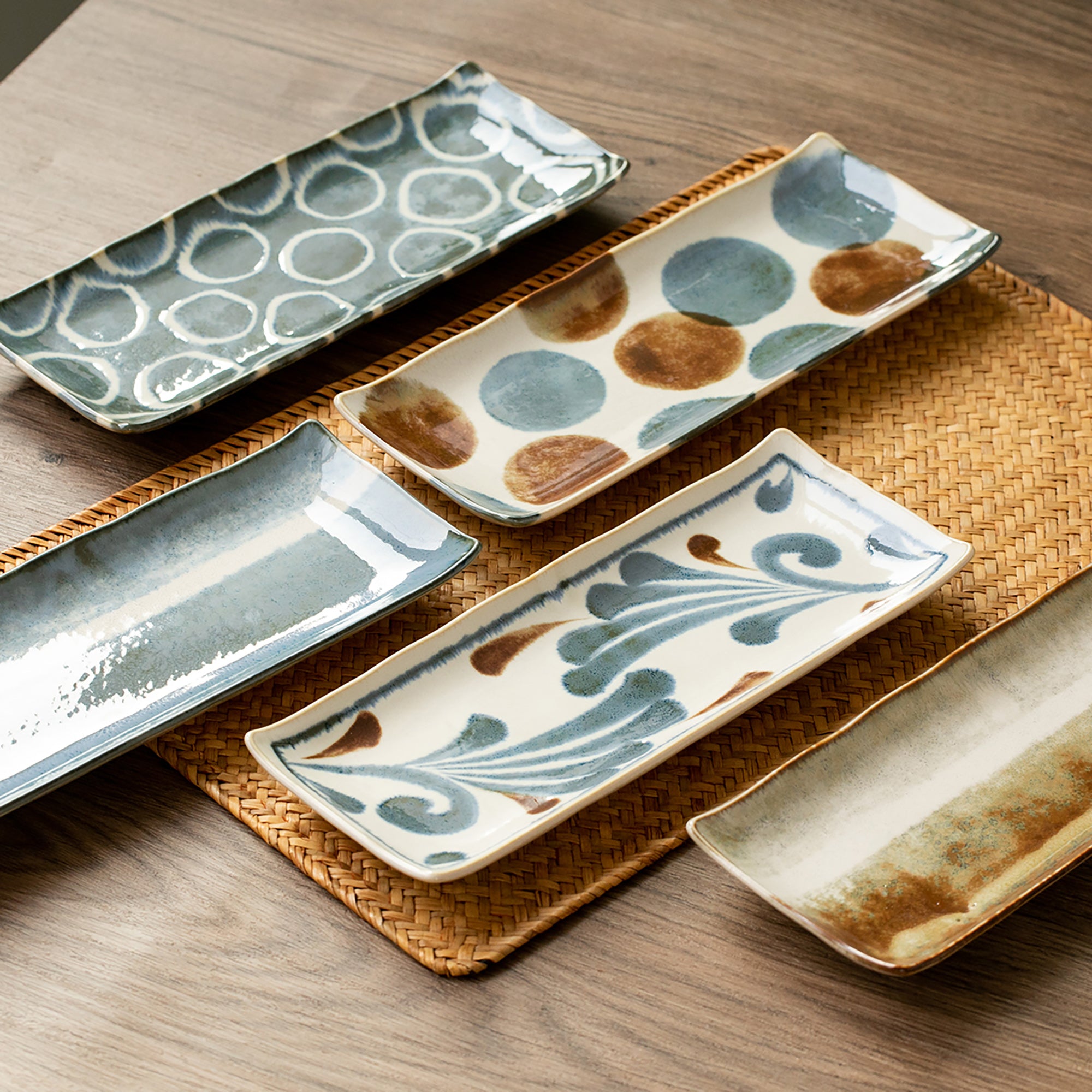
美濃焼
Mino yaki
Mino-yaki (美濃焼) is a traditional Japanese ceramic from the Mino region of Gifu Prefecture, known for its diverse glazes and styles, such as Shino and Oribe. Combining simplicity and modernity, Mino-yaki is both practical and artistic, ideal for everyday use while reflecting Japan's unique aesthetic.
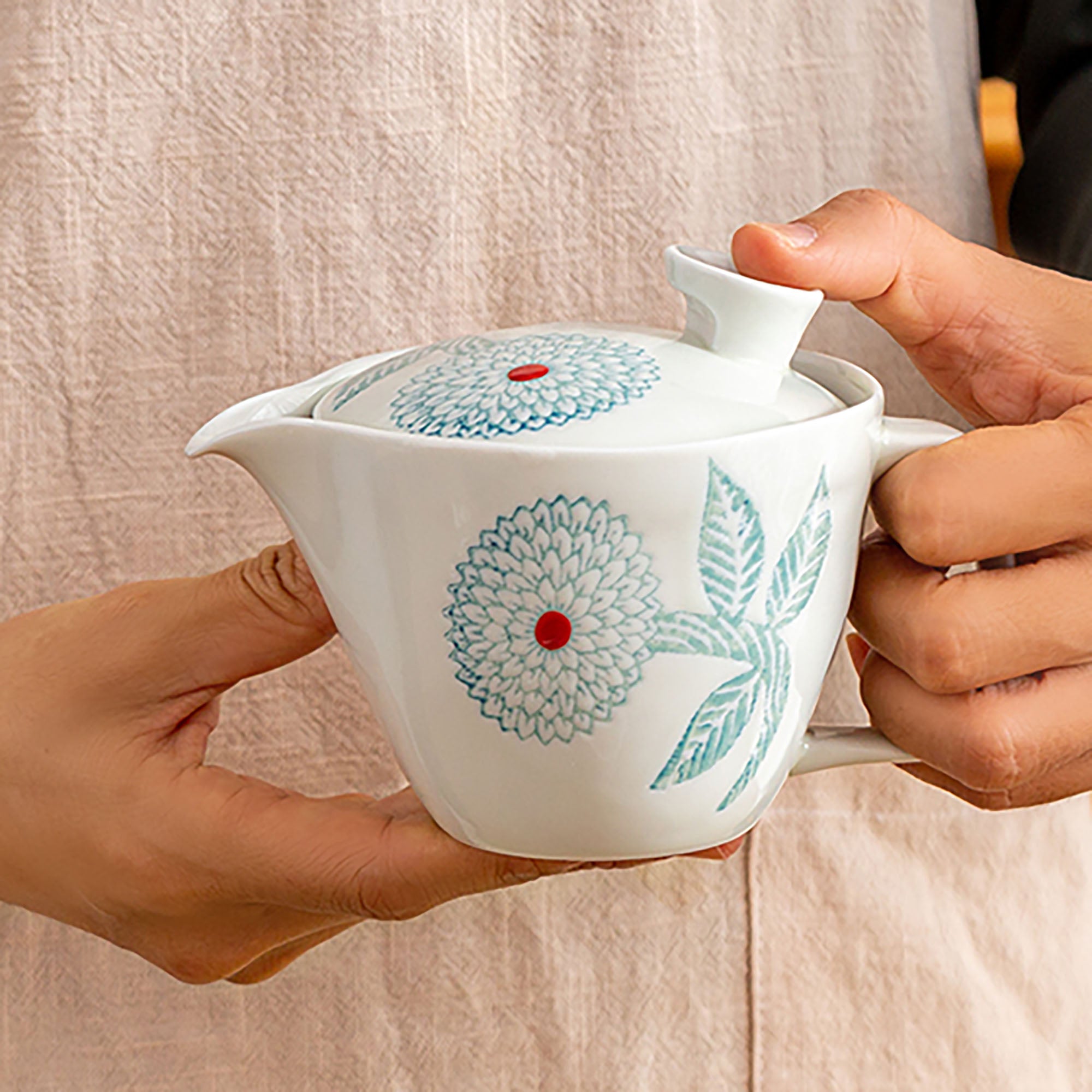
The wolf is dead
Hasami yaki
Discover Hasami-yaki, a traditional Japanese ceramic from Nagasaki Prefecture, renowned for its delicate texture and diverse color palette. Whether for its aesthetics or functionality, Hasami-yaki adds an artistic touch to your table, making it an ideal choice for modern homes.
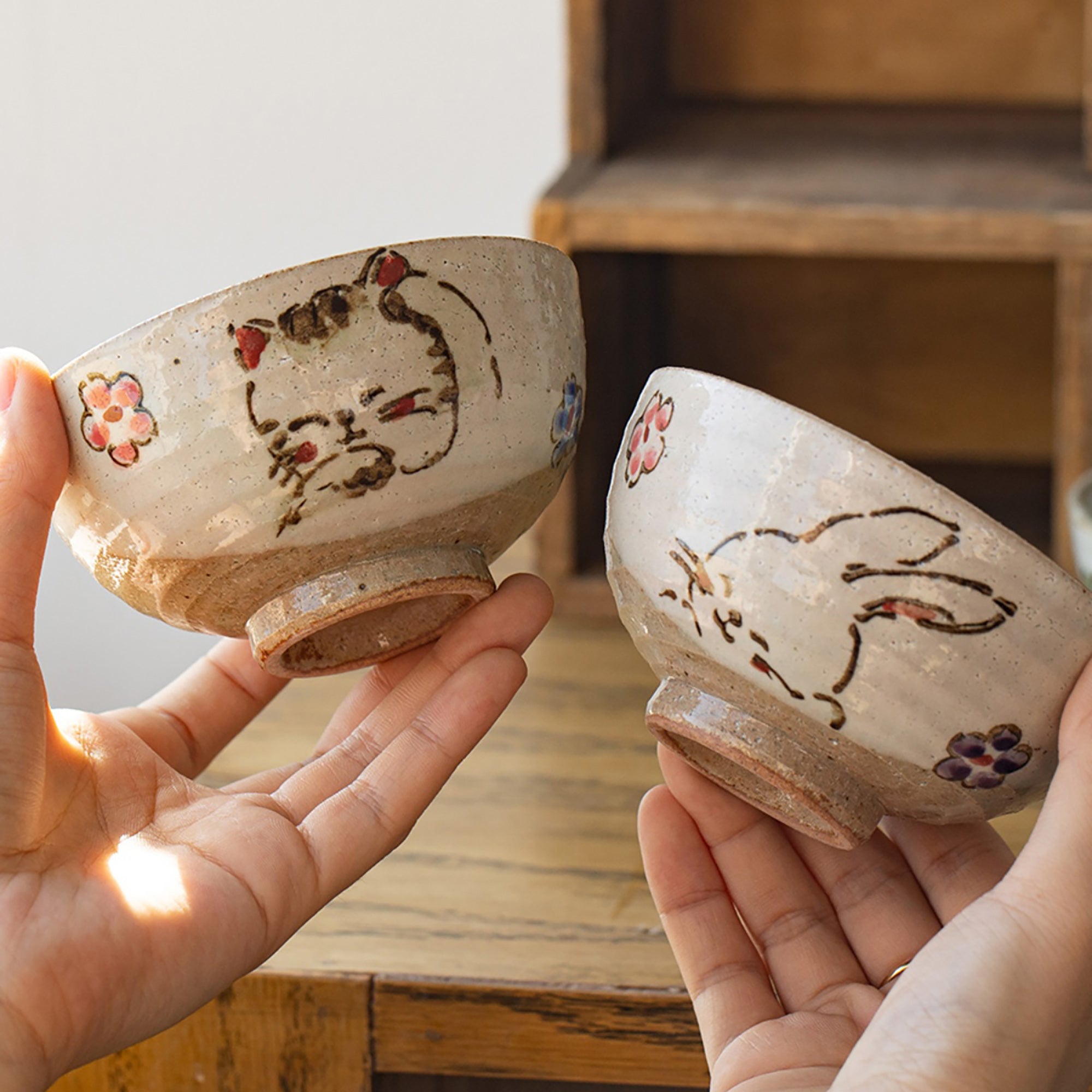
The stingray
Bizen yaki
Bizen-yaki (備前焼) is one of the oldest Japanese pottery, originating from the city of Bizen in Okayama Prefecture. Known for its rough texture and natural unglazed colors, it is fired at high temperatures over a long period of time, creating unique patterns in red and brown hues. Each piece is unique and exudes a rustic, soothing beauty, ideal for tea ceremony and decoration.

治焼
Imari yaki
Imari-yaki (今治焼) is a traditional Japanese ceramic from the Imari region, famous for its blue and white glazes and floral designs. Prized for its delicate craftsmanship and vibrant colors, this ceramic combines Japanese and Chinese influences. Durable and aesthetic, Imari-yaki is ideal for everyday use and as a decorative piece, making it a sought-after collector's item.

九谷焼
Kutani-yaki
Kutani-yaki (九谷焼) est une céramique japonaise née dans les montagnes d'Ishikawa, où la terre se pare d'or et de couleurs flamboyantes. Rouge profond, vert émeraude et bleu lapis dansent sur des motifs audacieux, inspirés de paysages et de légendes.

清水焼
Kiyomizu-yaki
Kiyomizu-yaki (清水焼) — délicatesse de Kyoto, née dans l'ombre des temples. Une céramique où la pureté des formes épouse la douceur des émaux, tantôt subtils, tantôt éclatants.
Influencée par le wabi-sabi, elle joue avec les hasards du feu : couleurs nuancées, textures irrégulières, et cette lumière dorée qui semble venir de l'intérieur de la terre.
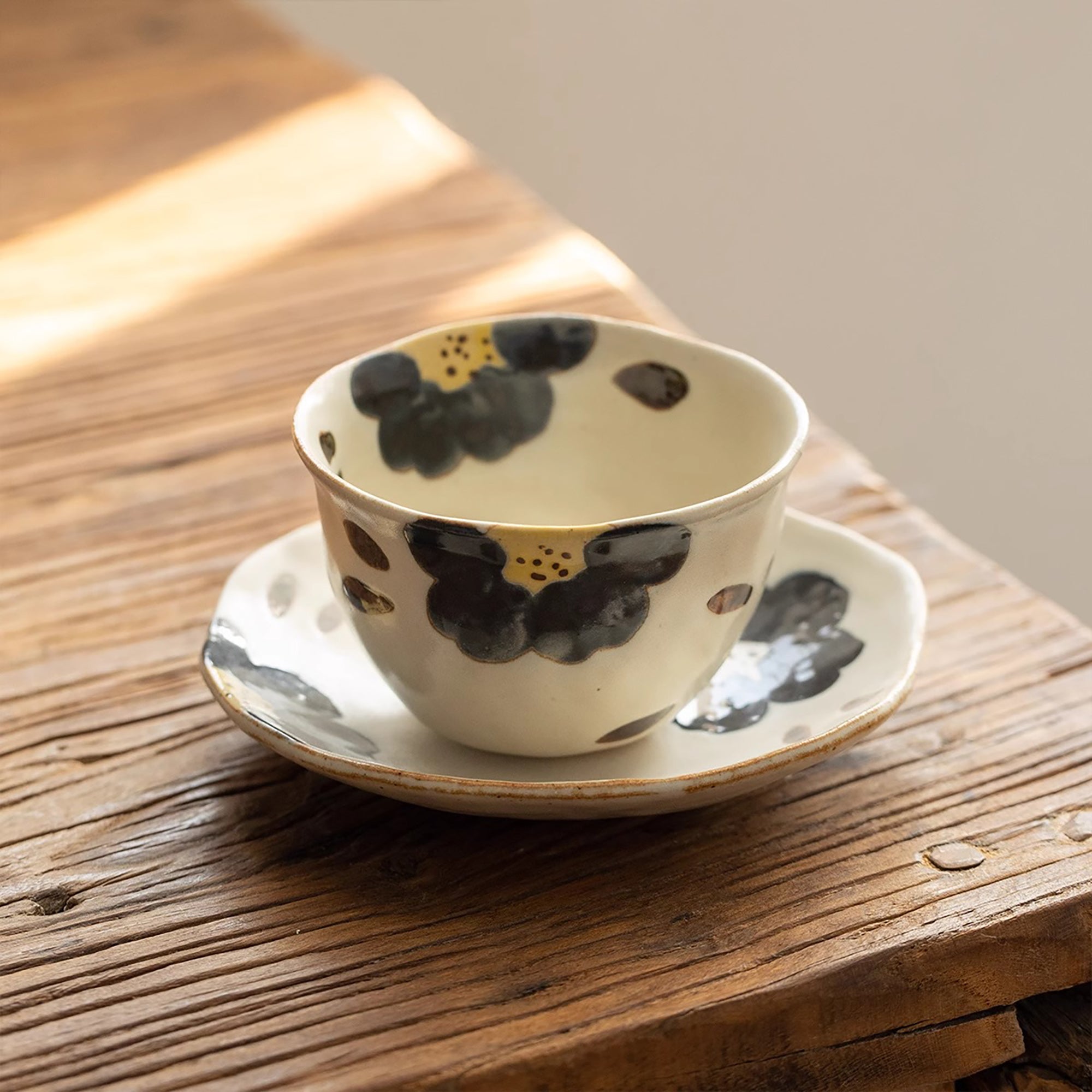
常滑焼
Tokoname-yaki
Tokoname-yaki (常滑焼) — l’âme rouge de la céramique japonaise, née des terres riches en fer de la péninsule de Chita.
Réputée pour ses kyusu (théières) au fini satiné et ses pots à bonsaï respirants, cette tradition millénaire célèbre la beauté brute de l’argile non émaillée, qui prend avec le temps une patine profonde, comme usée par le vent et les mains.
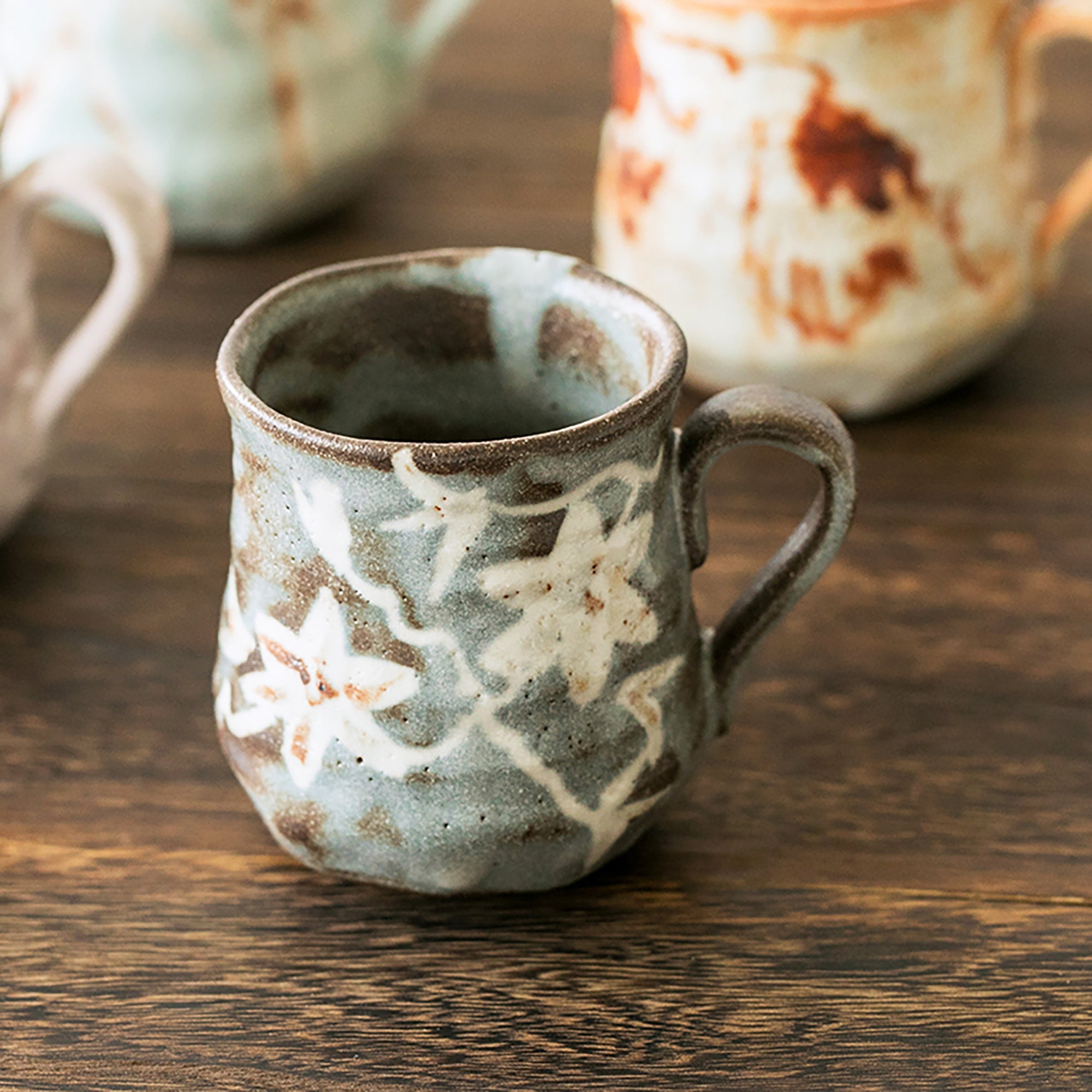
志野焼
Shino-yaki
Céramique japonaise Shino(志野焼) au glaçure laiteux, célèbre pour ses textures organiques et ses nuances de blanc nacré. Une pièce unique où chaque imperfection raconte l'harmonie entre le feu et l'argile.

信楽焼
Shigaraki-yaki
Céramique japonaise Shigaraki-yaki (信楽焼) rustique au charme naturel, reconnaissable à ses textures organiques et ses couleurs flamboyantes créées par le feu

The squirrel
Jing De Zhen
Jingdezhen porcelain, from the eponymous city in Jiangxi province, is famous for its exceptional quality. It is characterized by its white body, delicate glaze, and refined patterns, often in blue and white or bright colors. This ceramic combines aesthetics and utility, making it a symbol of Chinese ceramic culture, highly prized by collectors.


